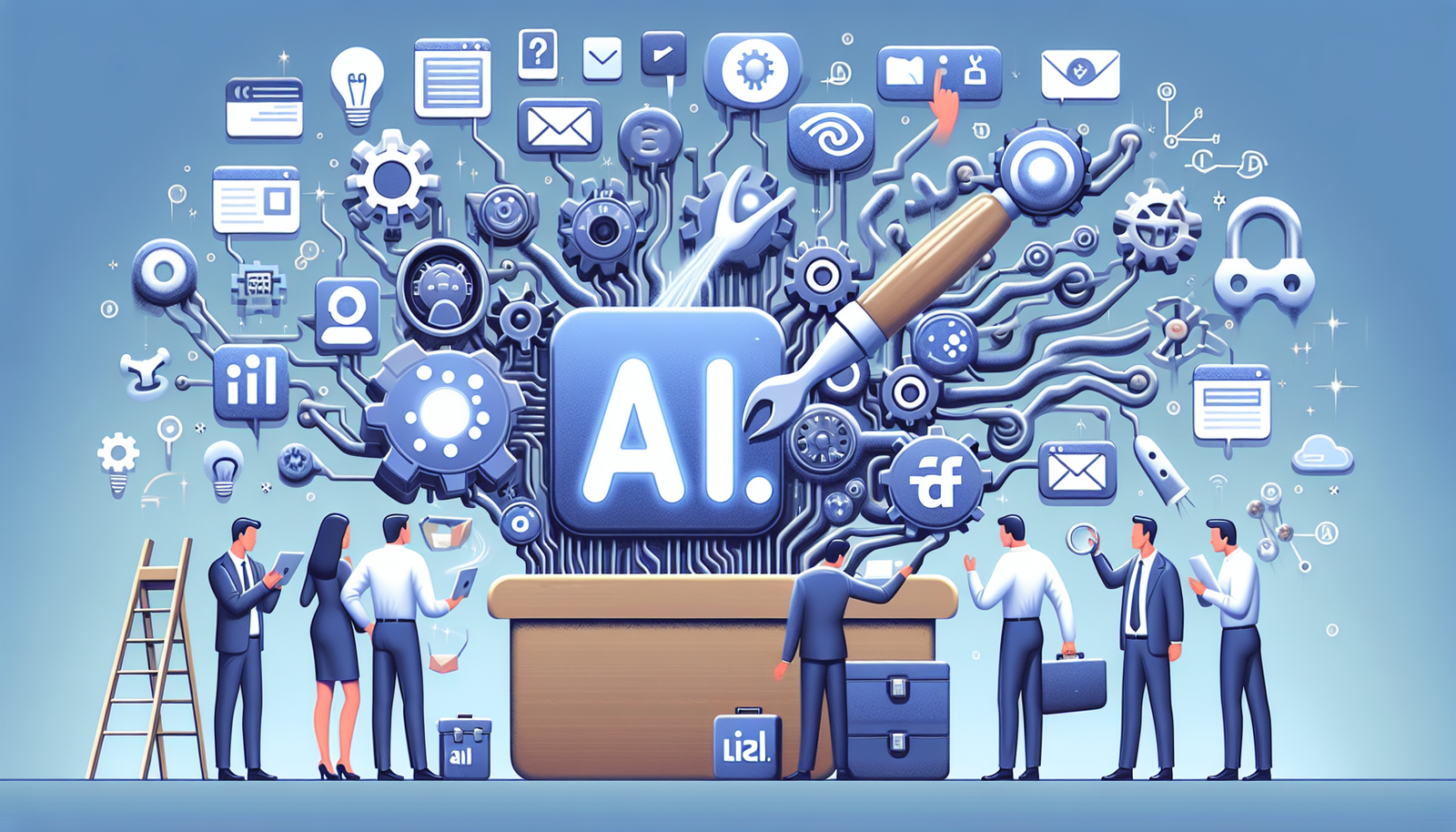Introduction: What Makes AI Email Personalization Critical for B2B Conversions
With inboxes more crowded than ever, B2B marketers must go beyond generic messaging. AI email personalization tools provide tailored, intent-driven communication that converts cold leads into warm prospects. According to McKinsey, B2B brands using AI personalization see up to 15% better conversion rates. This guide will help you choose the right AI email personalization platform for high-impact B2B campaigns.
Key Features to Look For in an AI Email Personalization Tool
Advanced Segmentation & Behavioral Targeting
Top-performing platforms allow micro-segmentation by firmographic and behavioral attributes. Look for tools that can parse LinkedIn, CRM, and website signals to hone targeting better than basic demographic data.
Natural Language Generation (NLG) and Dynamic Copywriting
AI should generate pitch-perfect content for your ICPs. Platforms using LLMs (large language models) like GPT can adapt tone and context, allowing personalization at scale without sounding robotic.
CRM and Workflow Integrations
Seamless syncing with CRMs (like HubSpot, Salesforce) and sales workflows ensures relevance and automation. Some tools also tie into LinkedIn outreach and pipeline CRMs.
A/B Testing and Predictive Analytics
Smart AI personalization tools offer insights: Which line improved reply rates? What CTA resonated by job title or industry? These performance-rich platforms help iterate and optimize campaigns continuously.
How to Evaluate Tools Based on Performance Metrics
Open Rates, CTRs, and Reply Rates
AI platforms promise higher engagement, but results vary. Check their real-world benchmarks and third-party reviews. Tools like Lavender report a 20–30% increase in reply rates over control campaigns.
Lead Qualification and Attribution Tracking
Does the software assist in lead scoring or link replies to pipeline KPIs? Choose platforms that offer full-funnel visibility—not just top-of-funnel engagement boosts.
AI Training Data Quality and Customization
The best AI tools train on B2B-specific data (industry tone, decision making cadence). Also check if you can fine-tune models based on your ICP preferences. Tools like SmartWriter allow custom tone training.
Top Tools in the Market and Their Strengths (2024)
SmartWriter.ai
Offers deep personalization using LinkedIn data and SEO + pain-point matching. Integrates well with LinkedIn outreach and HubSpot. Great for relationship-based selling.
Lavender
Built specifically for email coaching. Analyzes tone, length, clarity, and personalization. Recommended by sales teams at Outreach and Salesloft.
Instantly.ai
All-in-one sending and inbox placement engine. Features AI warmup, A/B testing, and inbox management. Combines personalization with high deliverability.
Personalize.cc
Delivers real-time website behavior tracking and email adaptation. Ideal for B2B brands already generating traffic and looking to re-engage latent users via personalized follow-up outreach.
Final Buying Considerations for B2B Marketers
Scalability and Team Access
Select platforms that allow seat-based pricing or unlimited accounts for outbound SDRs and marketers. Multi-user dashboards streamline collaboration and insight-sharing.
Privacy, GDPR, and Enterprise Security
Ensure platform compliance with GDPR and CCPA. Features like opt-out management, email throttling, and secured data APIs are increasingly important for global enterprise use.
ROI Potential and Total Cost of Ownership
Balance short-term usage costs with long-term ROI potential. Consider pricing tiers that align with reply rates, booked calls, or qualified ops instead of raw volume or seats.
FAQs about AI Email Personalization for B2B
How does AI personalize B2B emails differently than B2C?
AI tools for B2B often integrate firmographics, buying intent, LinkedIn data, and job-role context—resulting in much deeper relevance compared to the typical name/date location inserts in B2C.
Can AI-generated emails still sound human and contextual?
Yes—modern LLM-trained platforms like GPT-4 can mimic professional tone and tailor responses per vertical. The best tools let you fine-tune tone guidelines and preview outputs.
What’s the biggest mistake to avoid when choosing a tool?
Choosing based solely on integrations or UI and overlooking deliverability optimization or copy quality. Some tools offer powerful dashboards but lack true personalization logic.
Focus Keyword: AI email personalization tool





